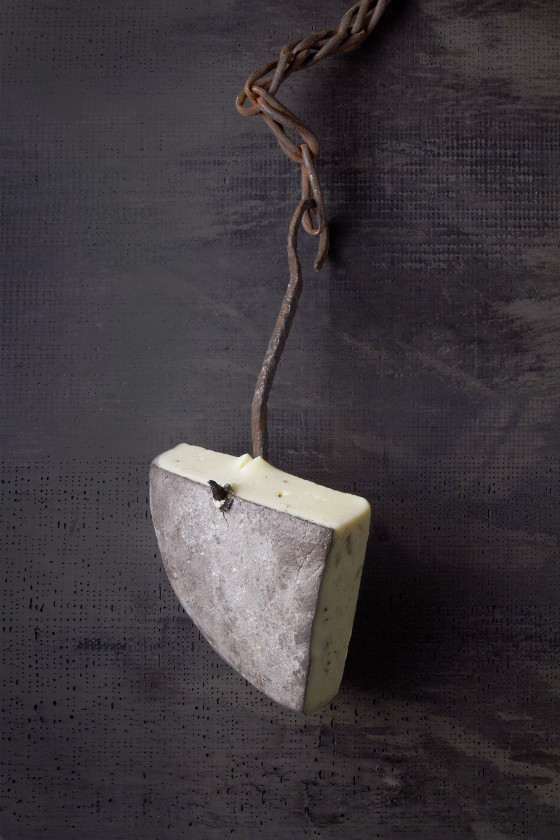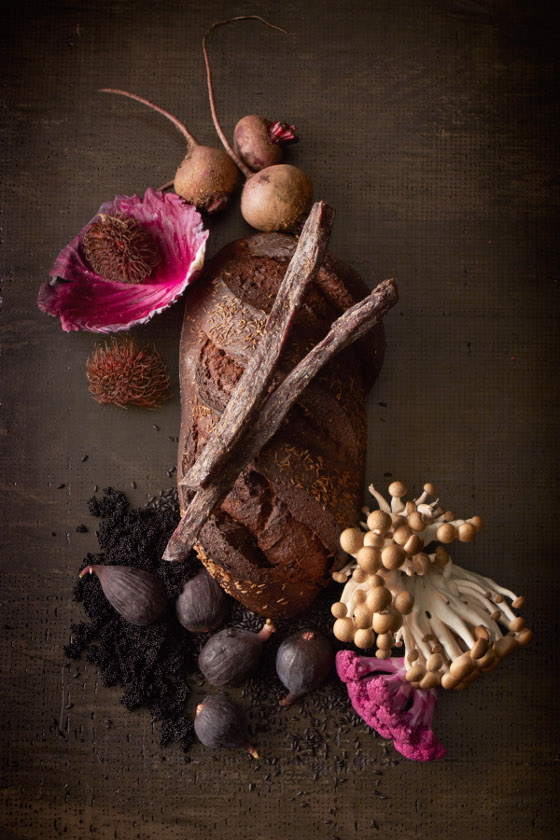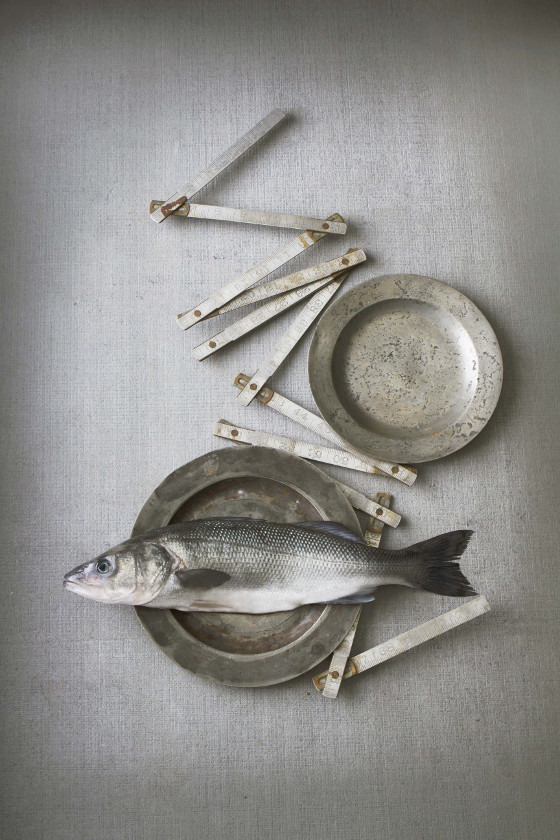
Food for Thought with Tom Ryan

Tom Ryan is always thinking about food. You have to be to make the kind of films the Lucky 21 director does - in the genre that is often indelicately called food porn.
He’s built a career creating mouthwatering moving images. Tom’s work has set an industry standard of excellence for tabletop because he obsesses in the best possible way about every detail of a shot.
Not surprisingly, Tom says that if he wasn’t a director, he’d be a restaurant critic, but he also loves to cook food himself.
Tom finds culinary inspiration everywhere: including a photographic series he created in collaboration with Art Director Jay Evers - the Utensil Series. The juxtaposition of utilitarian objects and kitchen utensils speak to Tom's ability to transform everyday things into the extraordinary. From directing to cooking to photography, one of the most important ingredients is the ability to know the moment when it all comes together.
Q> Which came first? The chef or the director?
TR> The director. Over the years, being exposed to on-set food styling and inspired by well-known chefs, I began to experiment in the kitchen. I started with baking because it is more controlled and measured - everything tabletop directors like. I was given The French Laundry cookbook, which I initially used as a visual reference, but then got up the nerve to try making the recipes. Everything in the cookbook is labor intensive, and made from scratch. I was intimidated but ultimately found that if you follow it you end up cooking like a chef.
Q> How did you hone your skills to be focused on tabletop?
TR> Experimentation and patience are essential to what I do. There is no road map, no book, or film school about how to become a tabletop director. You learn on the job, and do it because you have a passion for this aspect of filmmaking. I developed an approach and style, and a depth of understanding about lighting and technique, by doing over time.

Q> What’s your signature dish?
TR> I recently made a [Thomas] Keller dish called Peas and Carrots which is a complicated recipe involving pillow of lobster, carrot and ginger reduction, and pea tendrils. It is a nod to Keller’s grandmother’s cooking, and a simply named dish that belies its complexity. That could also be considered a metaphor for what goes into a well-constructed food shoot.
Q> What is something you have learned from cooking that you carried into directing tabletop?
TR> Although restaurants like The French Laundry and Per Se are still revered, today’s pervasive style is much more about simple excellence with high-quality ingredients. The same carries over in a lot of food directing. Where once things had to be very manicured, today it is not uncommon to have a crumb or cracked crust or detail that implies handmade. Antiplastic.
Like cooking, food styling and tabletop directing are about knowing when to stop so that the end product doesn’t seem unreal or cold. Presentation is the essential element in tabletop, but also important to the dining experience.
I love filming chocolate and other shiny, light-catching food - from cream to juicy hamburgers, but the greatest challenge comes in making something visually unappealing look appetizing. The same is true with still photography - making everyday objects look interesting is much harder than taking a picture from a beautiful vista.

Q> Is there something you learned from directing food that influenced your cooking?
TR> I have learned that they are incredibly similar. The inspiring part of being a chef is being able to invent, create something out of nothing or take parameters and make them visually arresting/appetizing. Both involve research, preparation, and the right ingredients so that the production turns out successfully. There is a combination of disciplines - art, science and an endless honing of craft and voice.














